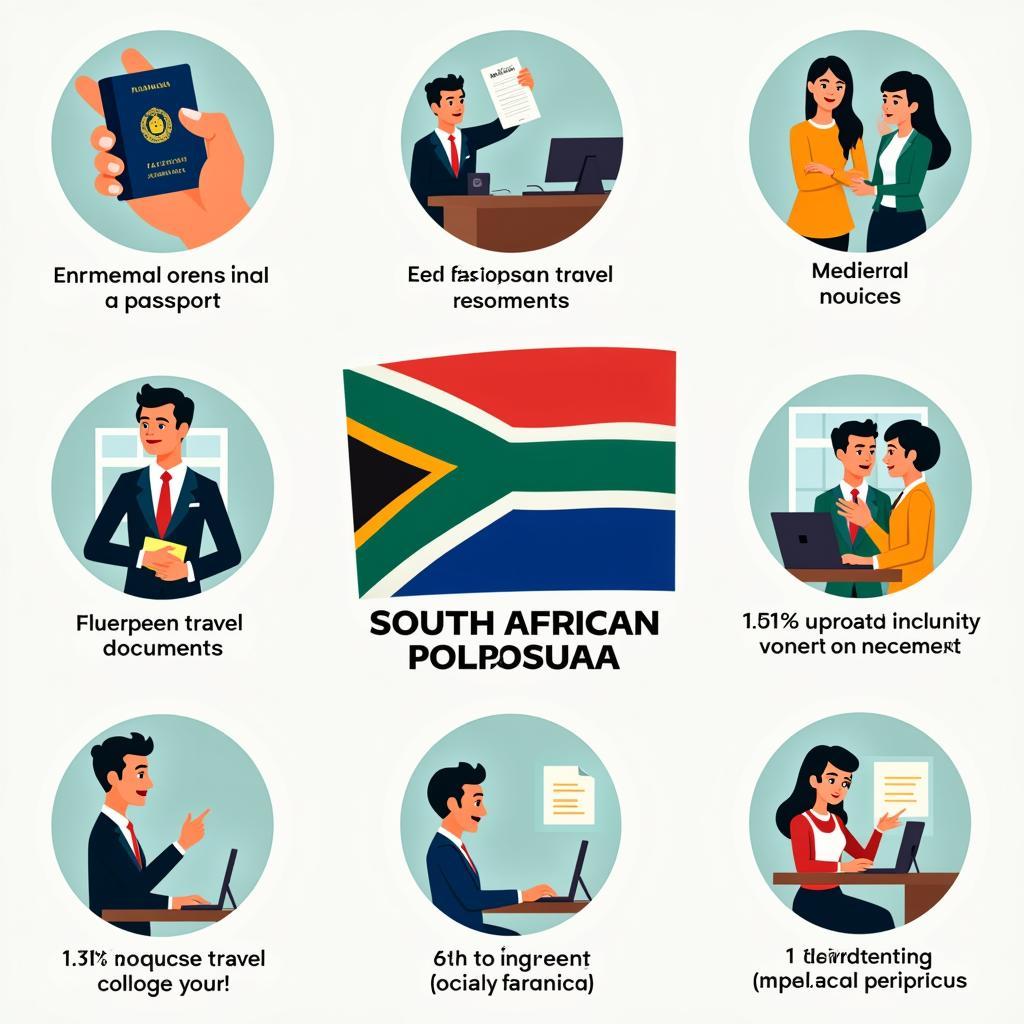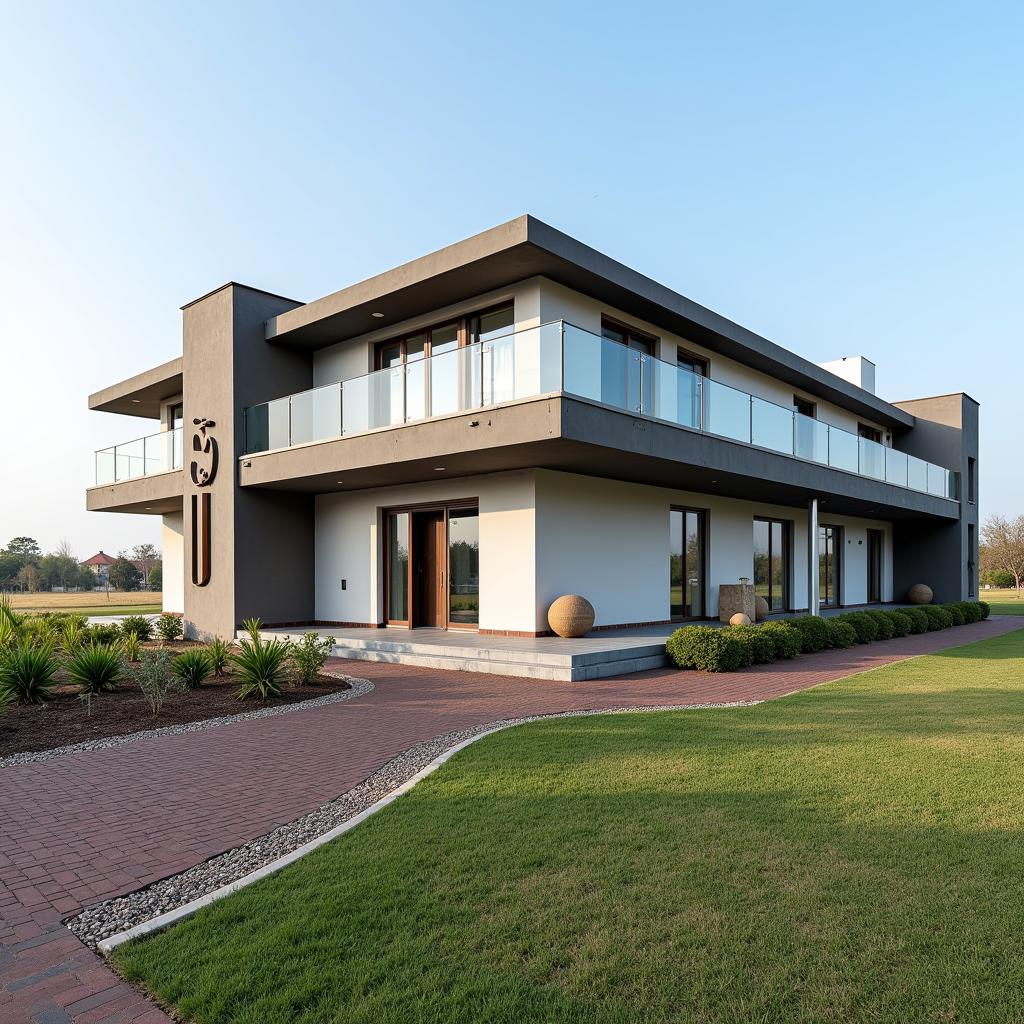The 1955 Asian-African Conference: A Turning Point in History
The 1955 Asian-African Conference, also known as the Bandung Conference, marked a pivotal moment in the pursuit of a more just and equitable world order. Held in Bandung, Indonesia, from April 18th to 24th, 1955, the conference brought together delegates from 29 newly independent Asian and African nations, representing over half the world’s population at the time. These countries, recently freed from colonial rule, sought to forge a new path in international relations, one defined by cooperation, equality, and self-determination.
A New Era of International Cooperation
The conference emerged in a world grappling with the aftermath of World War II and the rise of the Cold War. Both the United States and the Soviet Union sought to expand their spheres of influence, often at the expense of newly independent nations. The 1955 Asian-African Conference presented a powerful counter-narrative to this bipolar world order.
The conference’s primary objective was to promote Afro-Asian economic and cultural cooperation, rejecting the pressure to align with either Cold War bloc. Leaders like Jawaharlal Nehru of India, Gamal Abdel Nasser of Egypt, and Sukarno of Indonesia championed the principles of non-alignment and peaceful coexistence.
Key Outcomes and Lasting Legacy
The 1955 Asian-African Conference resulted in the adoption of the ‘Ten Principles of Bandung,’ a document outlining the foundational principles for international relations. These principles encompassed respect for sovereignty and territorial integrity, non-aggression, non-interference in internal affairs, equality, and peaceful coexistence.
The conference also served as a catalyst for the Non-Aligned Movement, formally established in 1961. This movement provided a platform for newly independent nations to assert their autonomy and advocate for a more just and equitable international system.
 Key Leaders of the 1955 Asian-African Conference
Key Leaders of the 1955 Asian-African Conference
The Spirit of Bandung
Beyond its tangible outcomes, the 1955 Asian-African Conference fostered a profound sense of solidarity and shared purpose among newly independent nations. It marked a turning point in history, signifying the emergence of Asia and Africa as independent actors on the world stage.
The conference’s legacy continues to resonate today, inspiring contemporary calls for a more just and equitable world order. The principles of Bandung remain relevant, offering a framework for peaceful coexistence, cooperation, and mutual respect among nations.
Conclusion
The 1955 Asian-African Conference stands as a testament to the power of international cooperation and the pursuit of a more equitable world. The conference’s legacy, embodied in the Ten Principles of Bandung and the Non-Aligned Movement, continues to shape international relations today. As we navigate a world grappling with new challenges and uncertainties, the spirit of Bandung, with its emphasis on dialogue, mutual respect, and shared prosperity, remains as relevant and inspiring as ever.

